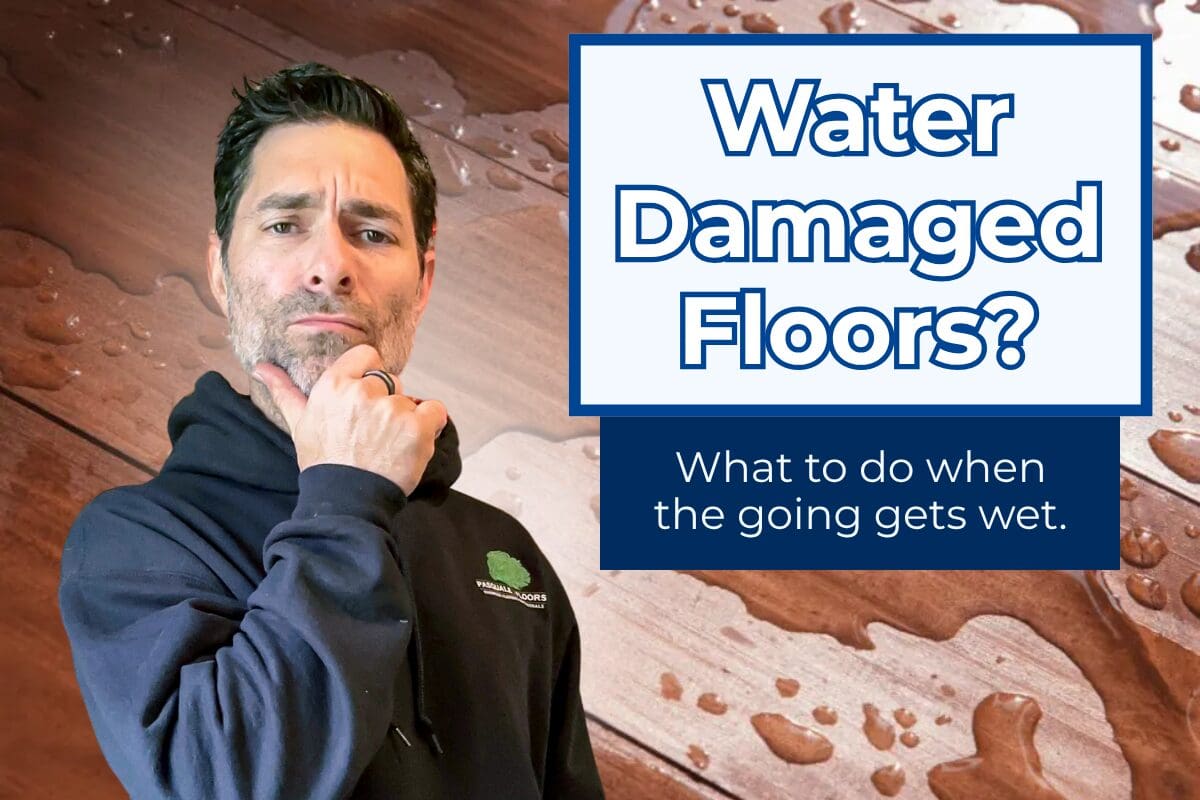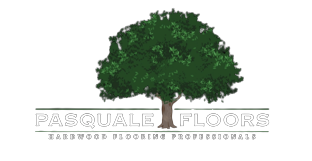
Dealing with Water-Damaged Wood Floors: A Step-by-Step Guide
One of the most common issues we assist our clients with is water damage to wood flooring. While this situation can be stressful, following the right steps can help salvage your existing wood and subfloor. It’s important to understand that this process is not always a quick fix—especially if you’re hoping to preserve the original materials. Here’s how we recommend approaching it:
1. Stop the Leak Immediately
The first and most critical step is to fix the source of the leak. Preventing additional water from entering the area is essential to limiting further damage to your wood floors and subfloor.
2. Begin the Drying Process
Drying the affected area thoroughly is key. This can be done through a combination of air movement, dehumidification, and heat.
Air Movement
We recommend placing floor fans in the affected area to move air across the surface. If the leak is on the first floor and you have access to a basement or crawlspace, place a fan below the damaged area as well—blowing air upward toward the subfloor. This is especially effective in spaces without finished ceilings. In crawlspaces, using exhaust fans can help accelerate the drying process.
Dehumidification
Position a dehumidifier in the affected area to remove moisture from the air. If possible, place a second dehumidifier in the space below the leak (e.g., basement or crawlspace). We recommend using a hose to drain the unit continuously, as opposed to relying on the bucket, which needs to be emptied regularly.
Introduce Heat
Raising the ambient temperature helps speed up the drying process. You can do this by adjusting the home’s thermostat or using space heaters (with proper safety precautions).
Important Note: If your wood flooring is installed over a plywood subfloor that sits on concrete, drying becomes significantly more difficult. In such cases, removal of the floor and subfloor may be the most practical option.
3. Understand the Timeline
An average water leak—where the floor hasn’t been fully saturated for more than a few hours—can take 1 to 3 months to dry out naturally. However, implementing fans, dehumidifiers, and heat can cut that time in half.
If you’re looking for a faster solution, removing and replacing the affected flooring and subfloor can expedite the timeline, allowing repairs and refinishing to begin much sooner.
Crucial Tip: We cannot sand or refinish the floors until both the wood flooring and subfloor have returned to acceptable moisture levels. We use an NWFA-certified moisture meter and look for readings between 7–9%, with the subfloor no more than 2% different from the flooring.
Sanding floors while they are still holding moisture can lead to excessive gapping once the wood dries and shrinks. In severe cases, moisture readings can exceed 25%—these floors need significantly more time to dry.
4. Be Cautious with Mitigation Companies
Many fire and water mitigation companies may immediately cut out wet flooring without proper evaluation. While this may be necessary in extreme cases, it is often avoidable and can result in higher long-term costs, especially if the flooring is rare or no longer available.
A more conservative and sustainable approach is using drying mats, which sit on top of the wood floor and pull moisture from the surface. We’ve had good success with this method and prefer it over premature removal.
We’re Here to Help
Water damage can be confusing and overwhelming—especially if this is your first experience dealing with it. We’re happy to walk you through every step of the process. Don’t hesitate to reach out. Preserving your wood floors is often possible, and we’re here to help you do just that.
